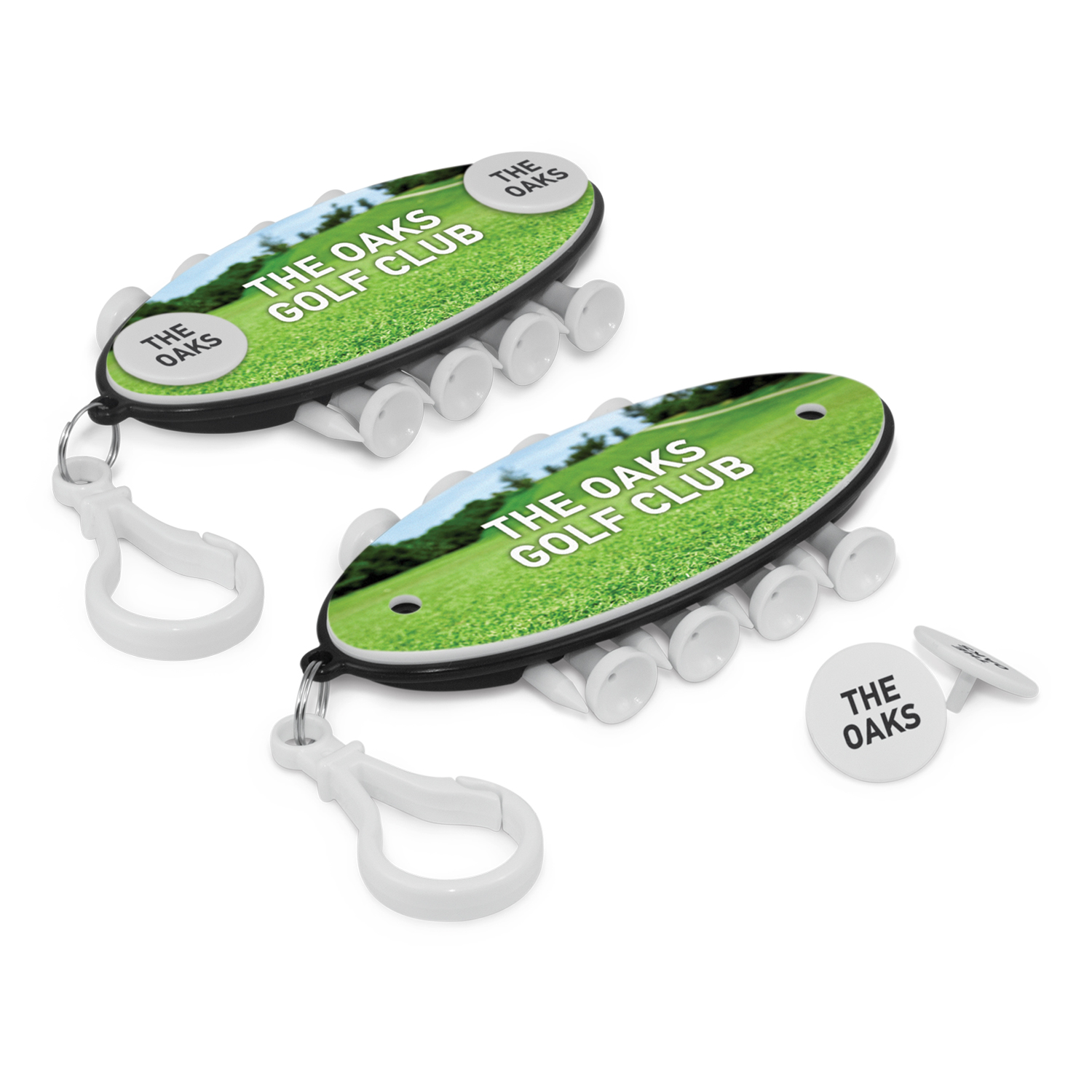

This, along with the ease of adaptation, has caused the overlap grip to be one of golf’s most popular grips.
#GOLF GRIP MATE AIRTOOL DRIVER#
Although this isn’t a big deal for most golfers, losing the extra distance, especially with the driver and long irons, is a significant tradeoff.Īll and all, the improved stability and comfort of the overlap grip is usually worth the decreased distance. This might seem like an improvement over the baseball grip, however, this grip removes the leverage created by stacking your hands in the previous grip. While the Vardon Grip, like the baseball grip, is also simple to adapt, its overlapping nature adds to the structure and stability of the overall grip. After, just move your finger around until the grip feels comfortable and you should be all set. From there, slide the little finger of your right hand into the space between the index and middle finger of your left hand. To do the overlap grip, first, grab the club as you would for the baseball grip. A picture of the grip is shown on the right.
#GOLF GRIP MATE AIRTOOL PROFESSIONAL#
This grip was popularized by Henry Vardon in the late 19th century and is the most popular grip of professional golfers. Next up after the baseball grip is the “overlap grip” or the “Vardon grip”. If you’d like to keep that consistency with your grip, however, we may have a solution for you down below… The Overlap Grip (Vardon Grip) Since you lack any connection between hands with the ten-finger grip, you run the risk of sacrificing your grips consistency for the positives listed above. However, while the baseball grip is simple and powerful for new golfers, this comes at a price. This makes the baseball grip especially useful for golfers that struggle with a slice or fade. This can create more clubhead speed at impact something that improves distance.įinally, the dominance of the right hand in the baseball grip helps prevent a fade. While the baseball grip is simple, other benefits of this grip include greater leverage from the absence of interlocking fingers. Whether you look back at playing t-ball as a kid or your first golf swing an overwhelming majority of golfers start their careers with the baseball grip, otherwise, known as the “ten-finger grip”.įor a right-handed golfer, simply grab the club with your right hand stacked on top of your left and then approach the ball. So, with that said, let’s take a look at the three main golf grips a golfer can use. Too much pressure from a grip can over or under rotate your wrists, leading to errant shots.

Strong or weak grips might heighten or negate the effect of a shaky swing.

While it might be obvious, this really is worth emphasizing as your grip will determine your success or failure when it comes to the physical consistency with your swing. Simply put, your grip is what allows you to transfer your body’s movement into your club, and through your club, into the ball. Importance of a Gripīefore we talk about the three main types of golf grips, we should really talk about why your grip is so important. And that’s what we’re going to talk about today. Thankfully, all the confusion surrounding golf grips is easily fixed with just a little information. After all, why would you spend hundreds of dollars and hours of your time with lessons and practice when the basics are truly what is holding you back from improving? Given this obvious fact, it’s amazing to me how many golfers discount how important this part of your game is. HZRDUS Smoke iM10 is available in a Matte Grey finish.From the very first moment you touched a club, your golf game has been dramatically affected by your grip. IM10 shafts offer unmatched stability in both a playable mid launch/spin design and a counterbalanced low launch/spin tour design, providing a variety of options to best suit your game and swing speed. The iM10 family of shafts are the first Project X shafts to feature Hexcel’s® incredibly unique iM10 carbon fibre, a very high modulus (stiff) and very high strength carbon fibre allowing for new possibilities in golf shaft design. This is where Hexcel’s® most advanced HexTow® carbon fibre comes in: iM10. Doing this tradeoffs are created, when trying to design a lightweight, stable shaft that delivers maximum energy transfer. This makes shaft engineers develop a combination of materials to try and dial in ideal strength and stiffness properties for a certain shaft. Often a stiff material is very brittle, and a strong material is not very stiff. Contrary to popular belief, when it comes to carbon fibre, stiffness and strength are not the same.


 0 kommentar(er)
0 kommentar(er)
